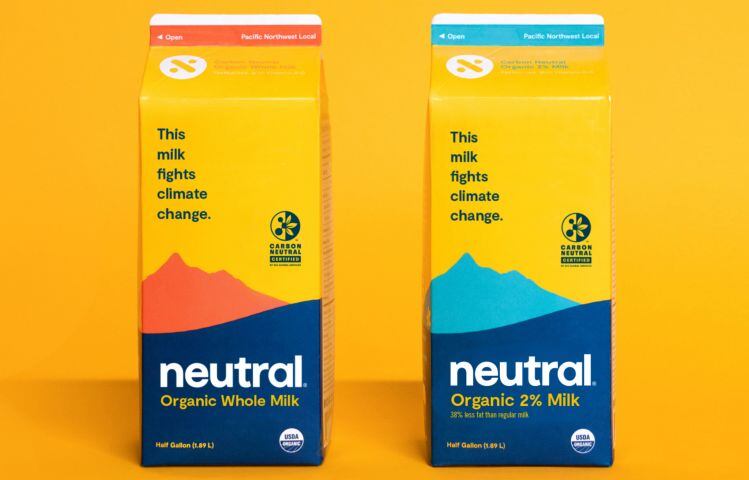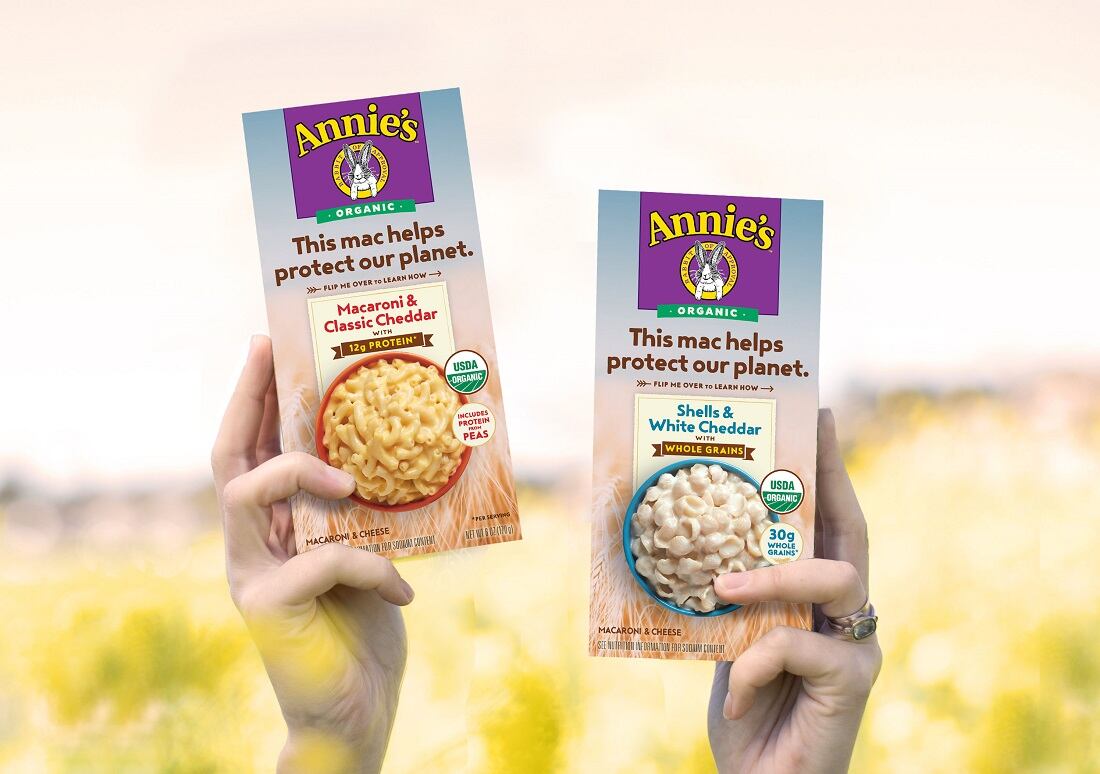According to The Hartman Group’s recently published Organic 2022 report that surveyed more than 2,800 American consumers, 83% of US consumers now use organic products at least occasionally and about a third – led by younger consumers – use them weekly or more often, allowing organic to capture 29% of Millennials’ grocery share, followed by 27% of Gen Z’s share, 22% of Gen X’s grocery purchases and 14% of Boomers’ purchases.
This rise in household penetration reflects the expanded distribution and access to organic, which originated in the natural channel and has been in grocery for years, but more recently has gained and grown its foothold across mass, club, and online, where the volume of organic purchases has increased 14 percentage points, 7 percentage points and 14 percentage points, respectively, since 2020, according to The Hartman Group.
Organic purchases also are up in some less expected places, such as drugstores, which have seen sales increase 9 percentage points since 2020, dollar and discount stores, which are up 6 percentage points and even convenience stores and vending machines, which are up 9 and 7 percentage points, respectively, according to the report.
In addition to expanded distribution, increased organic private label options has helped expand access to certified products, noted Hartman Group CEO Laurie Demeritt.
Growing skepticism threatens organic
But, she cautioned, as organic gains visibility and more consumers can access it, there is a “growing skepticism, coupled with a desire for more rigor among organic.”
She explained that Hartman Group research found 60% of consumers believe that organic is “just an excuse to charge me more money,” which reflects a 4 percentage point increase since 2020 among those who agree somewhat with the statement and a 3 percentage point increase among those who agree completely.
Importantly, younger shoppers – Millennials and Gen Z – over index on this belief, as well as the belief that the USDA Organic certification is weaker now that it used to be, which is held by 58% of consumers, including a 5 percentage point increase since 2020 among those who completely agree.
The gravity of these views are reinforced by rising sentiment among shoppers that they wished USDA organic certification standards were more stringent around animal welfare (79% of consumers), worker conditions (78% of consumers), and soil restoration and increased biodiversity (76% of consumers), according to the report.
Consumers gravitate to organic for safety, taste
Despite rising skepticism, Demeritt said organic remains a useful and desirable certification, with many shoppers gravitating to it for the “traditional reasons,” including their perception it is safer (37%), higher quality (35%) and because they want to avoid products that rely on pesticides and other chemicals (34%) or antibiotics and growth hormones (32%).
But younger shoppers also are drawn to the certification because they perceive the products taste better, according to The Hartman Group, which found 28% of consumers believed this and that Millennials over-indexed in their agreement by six points. Millennials and Gen Z also over-indexed in why they were drawn to the certification in their desire to support Fair Trade, manage allergies, for ethical/spiritual or religious reasons and because they perceive it as safer for their pets.
Among the most engaged organic consumers, top reasons for buying organic include a desire to support the well-being of farmers and animals in agriculture as well as the environment, which Demeritt again qualified as an “Achilles’ heel for some organic manufacturers, because those things aren’t always embedded into the organic certification to the extent that many consumers are seeking.”
The most frequently cited reason consumers do not buy more organic is price, although this concern appears to be dwindling in recent years, according to the research, which found 50% of organic buyers noted the products are “too expensive.” While high, this is a ten percentage point drop from 2020, Demeritt highlighted.
Other limitations to organic sales include lack of accessibility, cited by 20% of organic buyers, and an inability to tell if something is “really organic,” cited by 18% of organic shoppers, according to the study.
Organic is more prized in fresh than packaged products
Given the price and access differential between organic and conventional, many consumers prioritize buying organic when they shop for fresh, everyday basics that Demeritt says are “closely tied to the farm.”
As such, among organic buyers the certifications reach is highest within fresh produce at 60%, followed by plant-based meat alternatives.
Organic is also important to shoppers when buying children’s products (40%), especially baby food(42%), as many new parents desire to keep their children’s diets as clean and healthy as possible for as long as possible, Demeritt said.
While organic’s research in fresh meat and seafood, refrigerated dairy, snacks, packaged meats and packaged foods more broadly is not as high as it is for fresh produce, Demeritt notes it is rising, especially among Gen Z and Millennial consumers.



